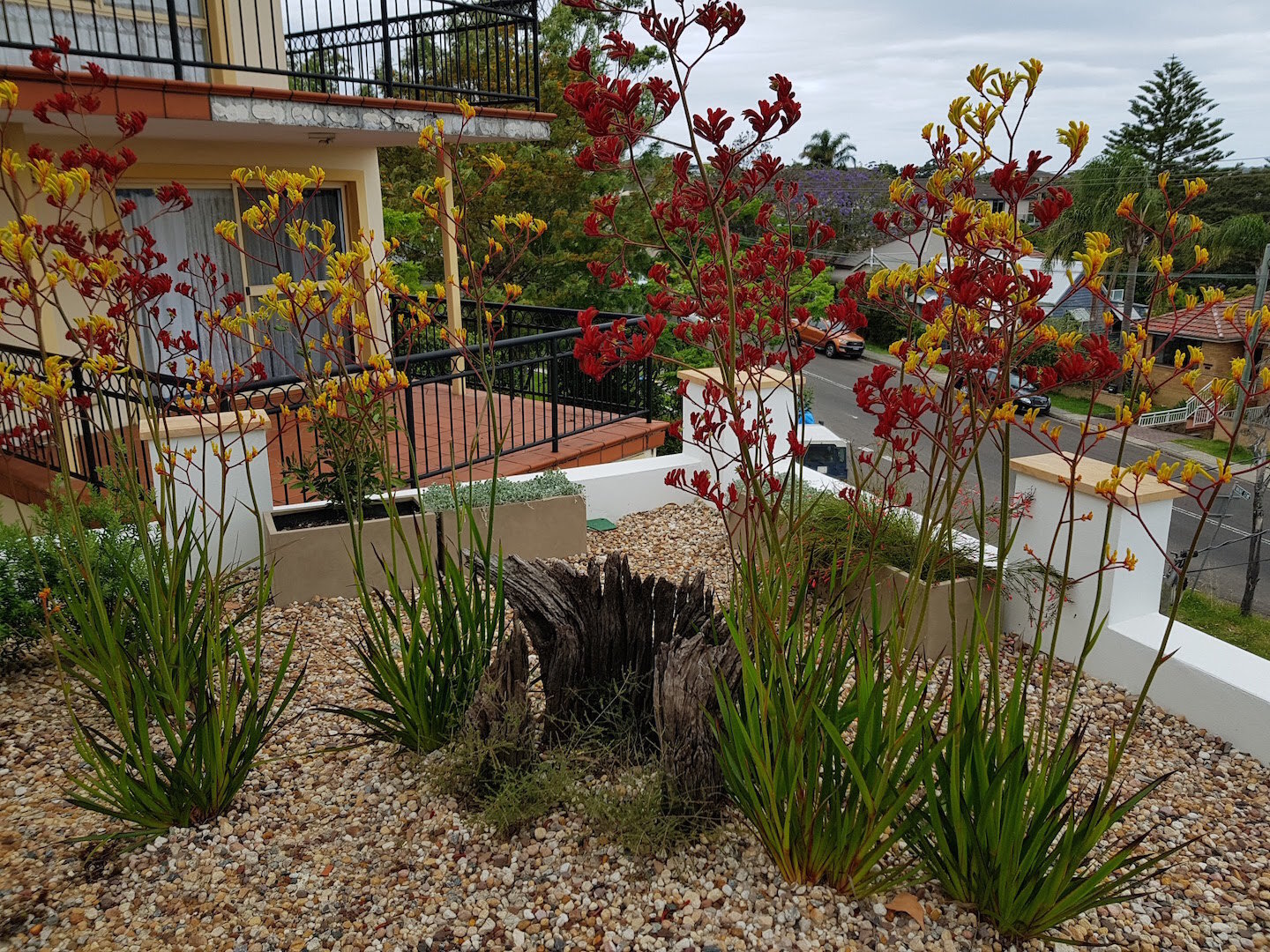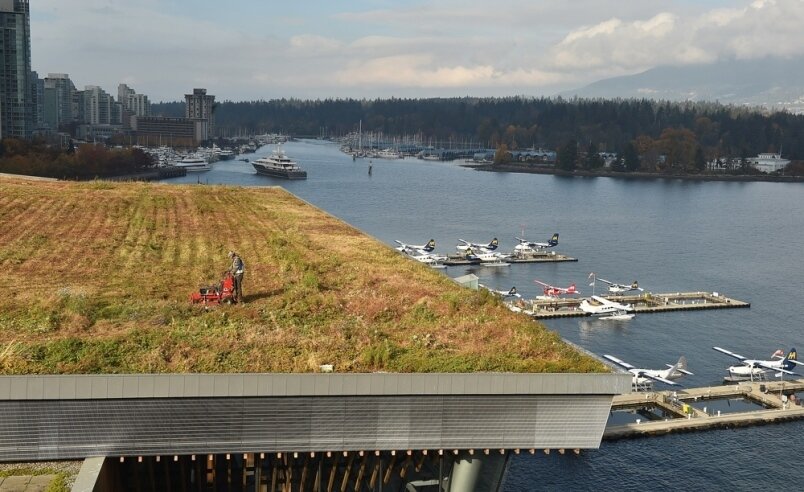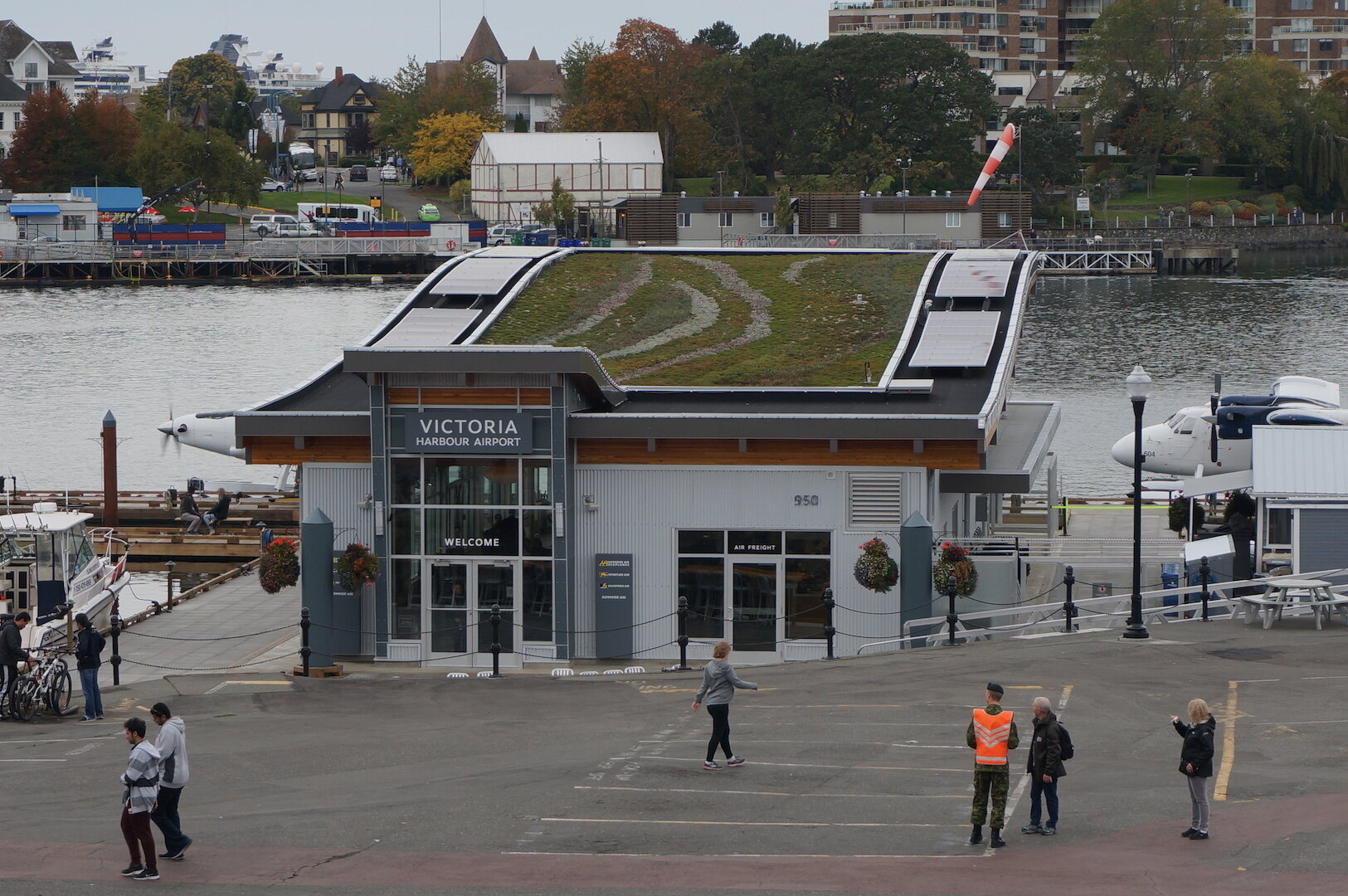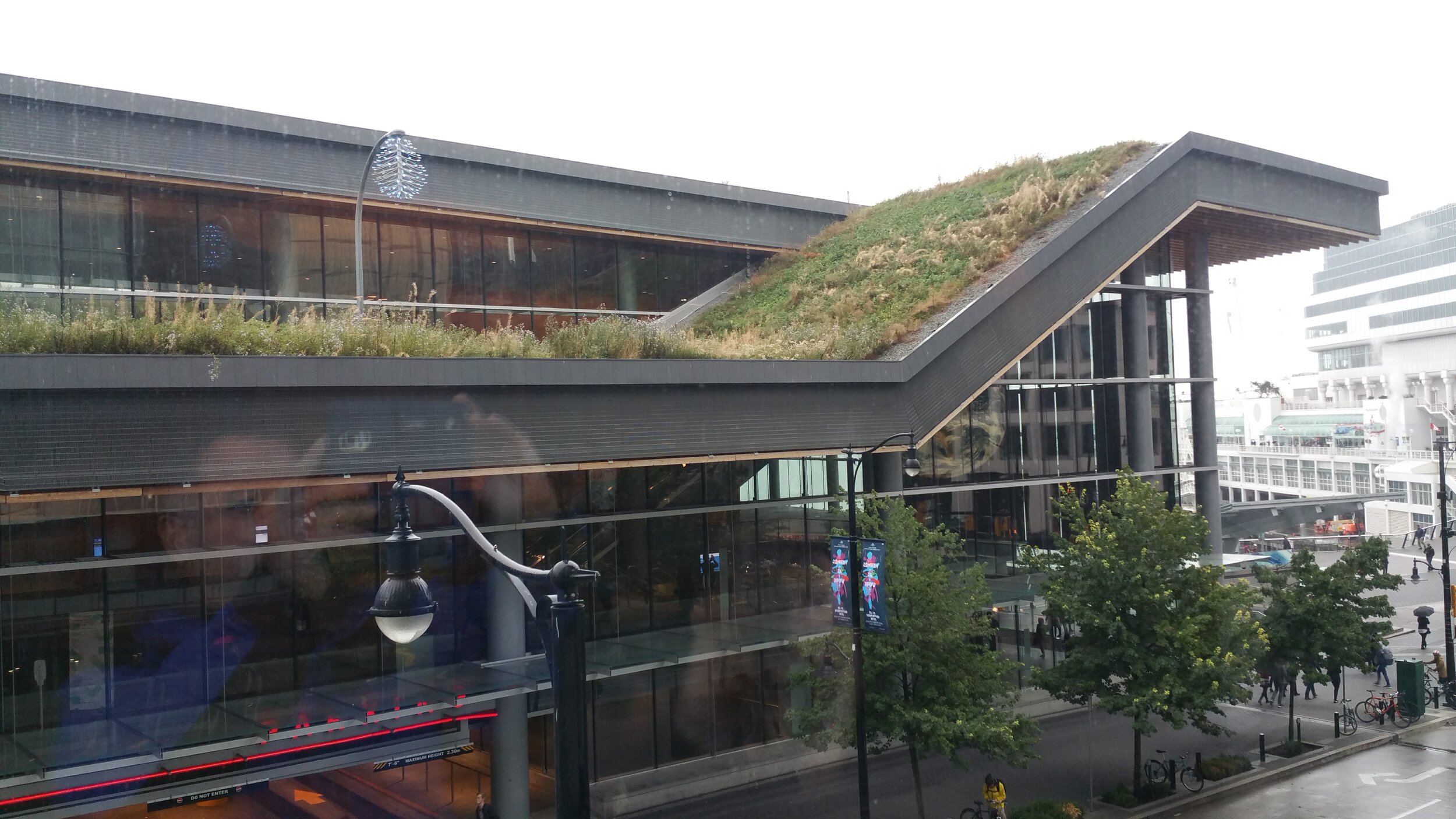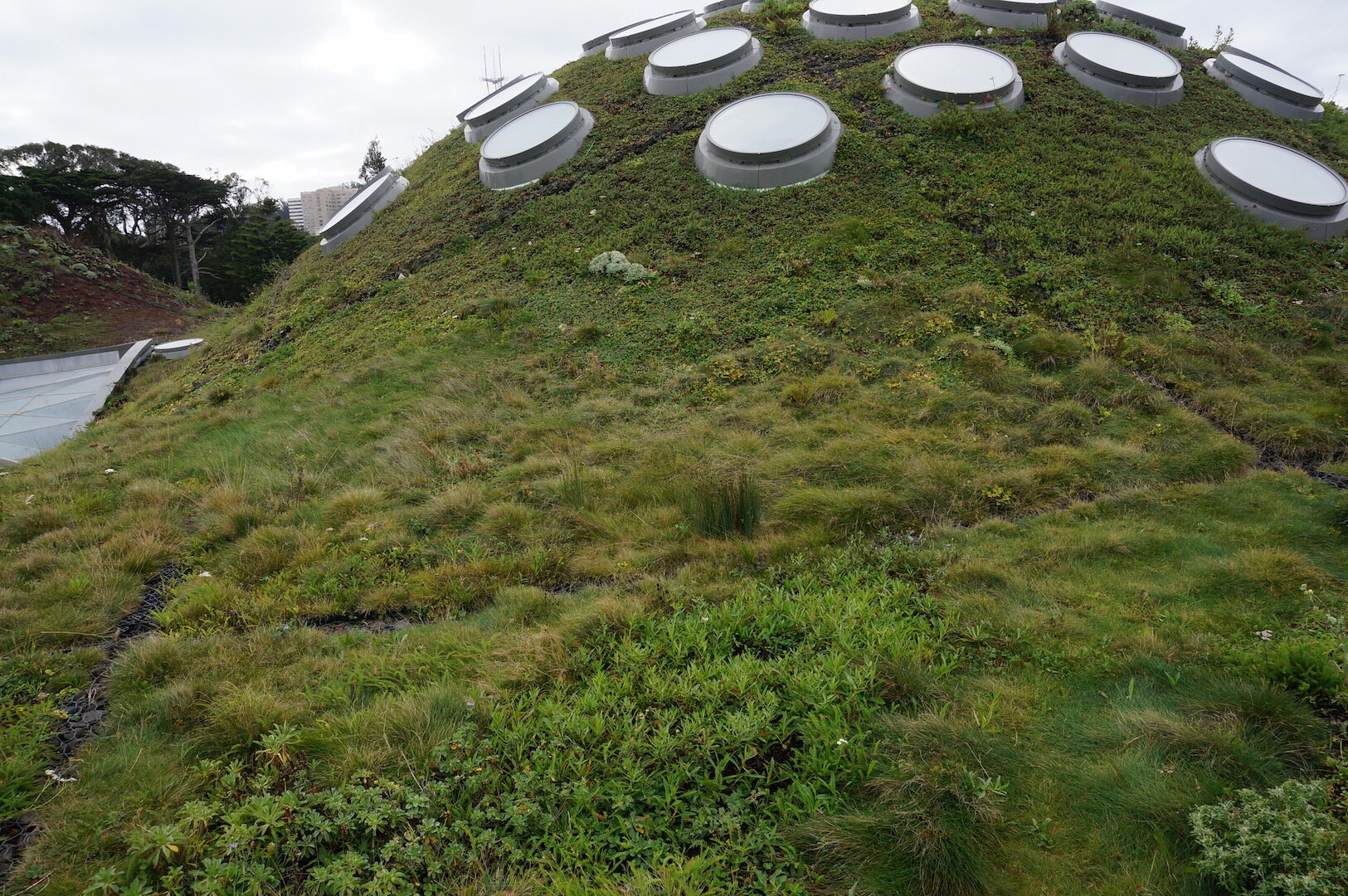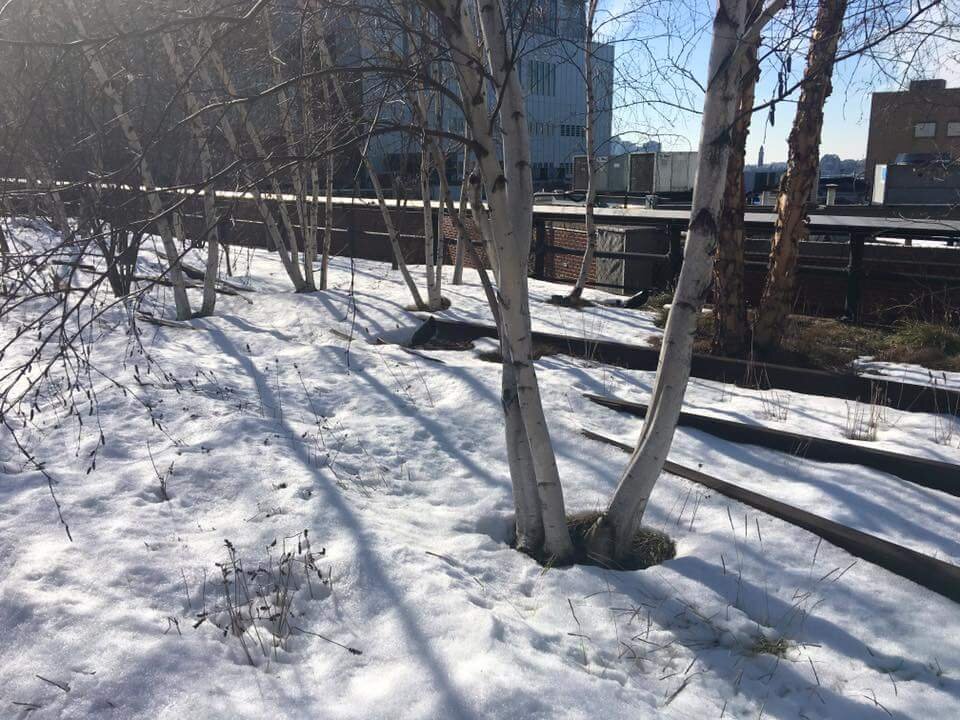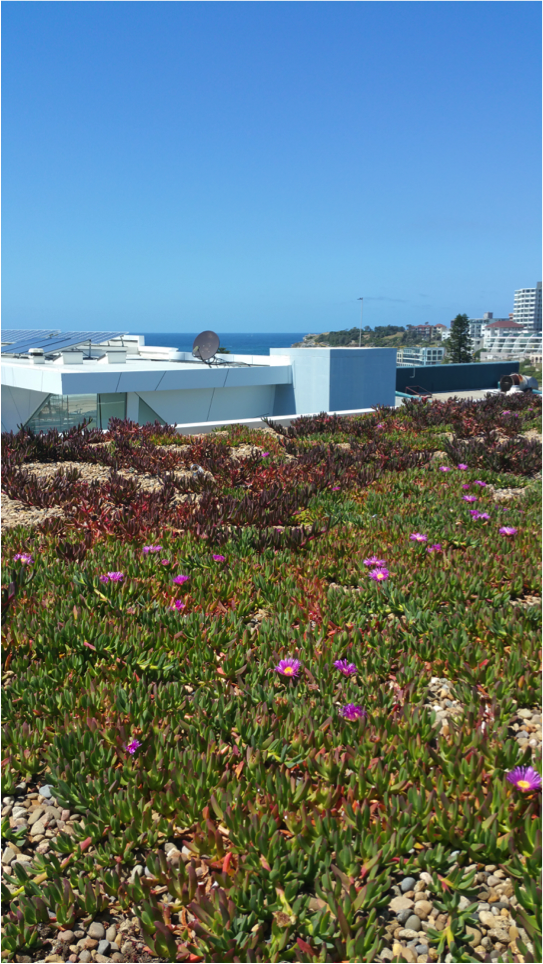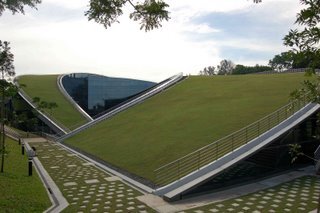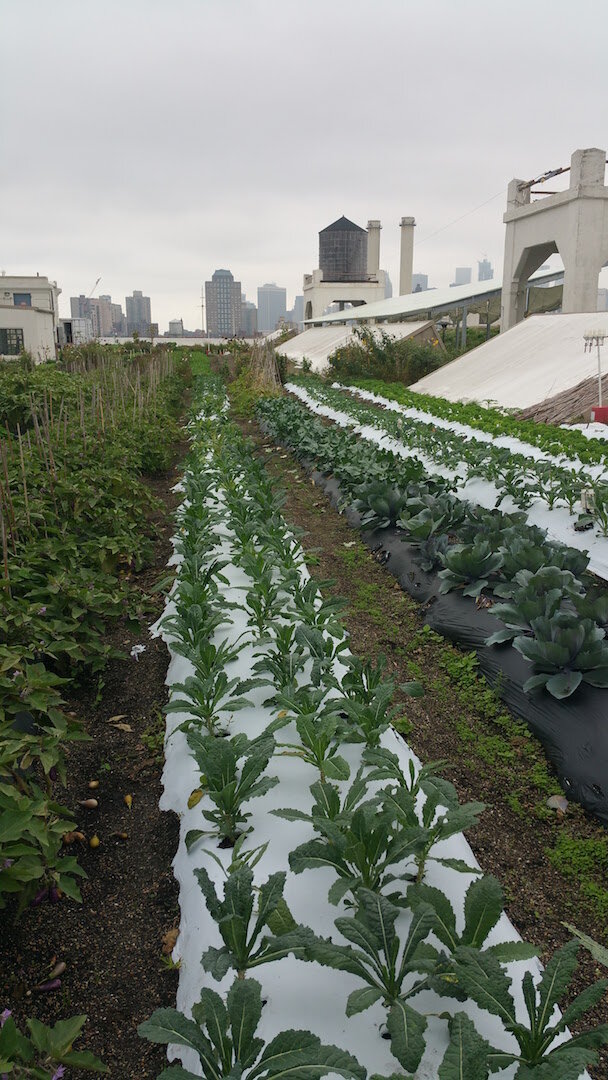Green roofs are designed to emulate nature and support a range of plant material. They generally need to be light weight so special materials are required. A number of layers that emulate natural - drainage, growing media, plants and irrigation form the main components.
Extensive light weight green roof using Urbanscape
To protect the building asset, waterproofing and drainage are important considerations. Waterproofing should have a root inhibitor to stop root penetration and building damage. I often hear builders concerns regarding waterproofing. Systems have now been tried for decades in Europe and the USA. Provided you choose the right system and install it in the correct process, there is no need for concern. We highly recommend a leak detection system as added insurance. These systems allow you tell accurately where a leak may be located, avoiding the removal of large areas of green roofs if they are accidently damaged.
Drainage layers are common, and ready made polypropelene systems are available. Gravel is also used, but can add considerable weight. For roofs that are designed for stormwater detention, these drainage systems can drain too quickly. A detention roof system has been developed (Purple Roof) that maximises storage for a brief period, just like a stormwater detention system is designed to do. In this case a detention layer is added. The green roof is designed to meet required peak discharge rates.
Plant species need to be suitable as does adequate irrigation to allow them to flourish. To facilitate plant growth, the growing media needs to be specialised. A lightweight and a shallow profile is required. Evolvement use a combination of products with Knauf Urbanscape and a low organic substrate. Fine particles like like those in clay or are avoided so drainage is not blocked. Downpipe and overflow calculations must ensure adequate drainage for rain events. Drains themselves need to provide access for inspection and cleaning. Over the past 3 years Evolvement have tried and tested various combinations to determine the best plant growth. Success has been achieved with fully saturated green roof weights from 65kg-250kg/M2. More for intensive roof top gardens. It is important to get an engineers to confirm what load your roof can take.
In a country like Australia, irrigation systems are required, drip is the best as it avoids loss of water through wind. Modern irrigation controllers allow back to base monitoring to ensure systems are functioning correctly. The growing media, particularly Urbanscape reduces overall watering requirements due to their good water holding capacity. This provides further sustainability for your roof. Materials can be craned or blown to the roof.
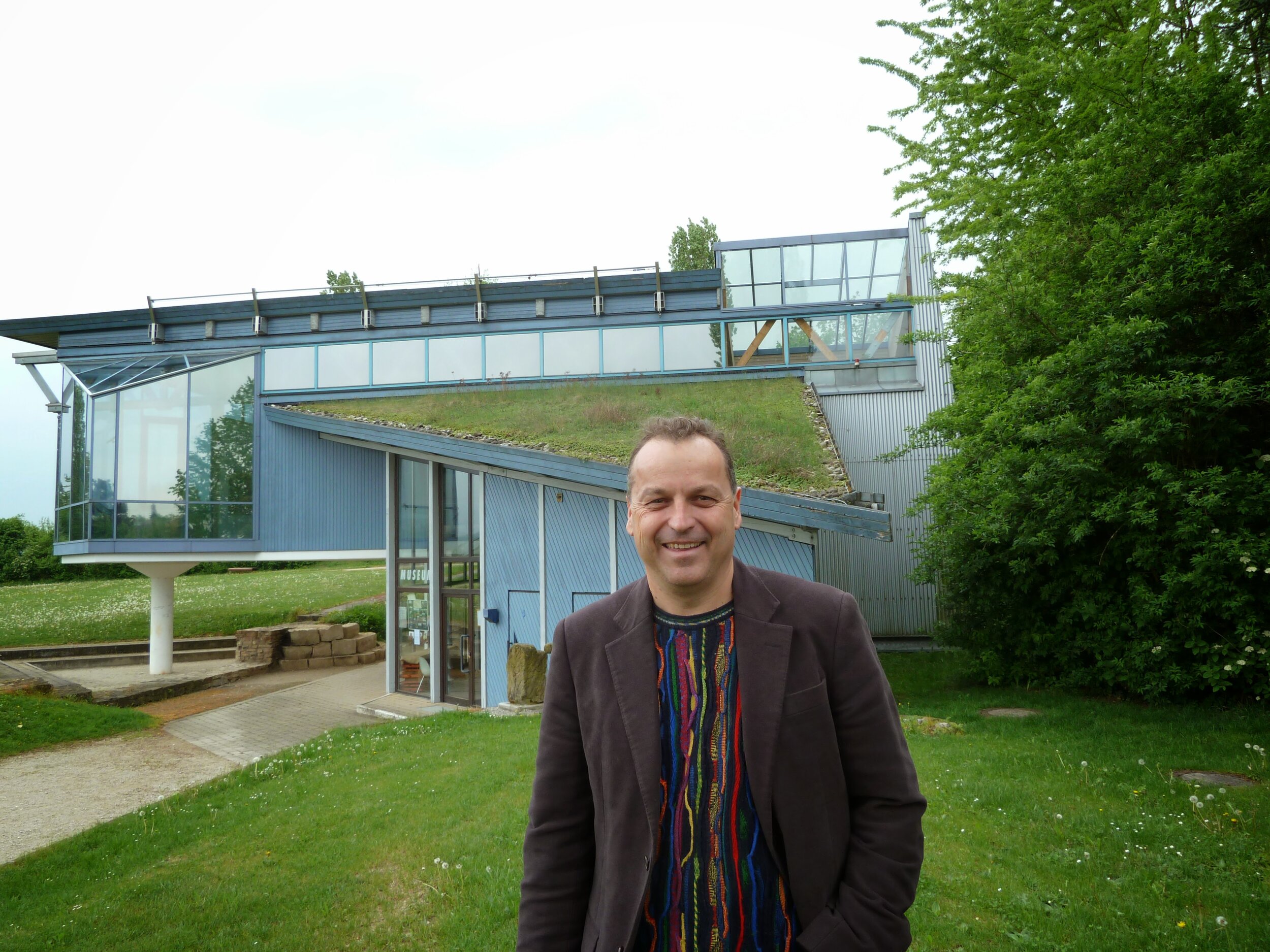
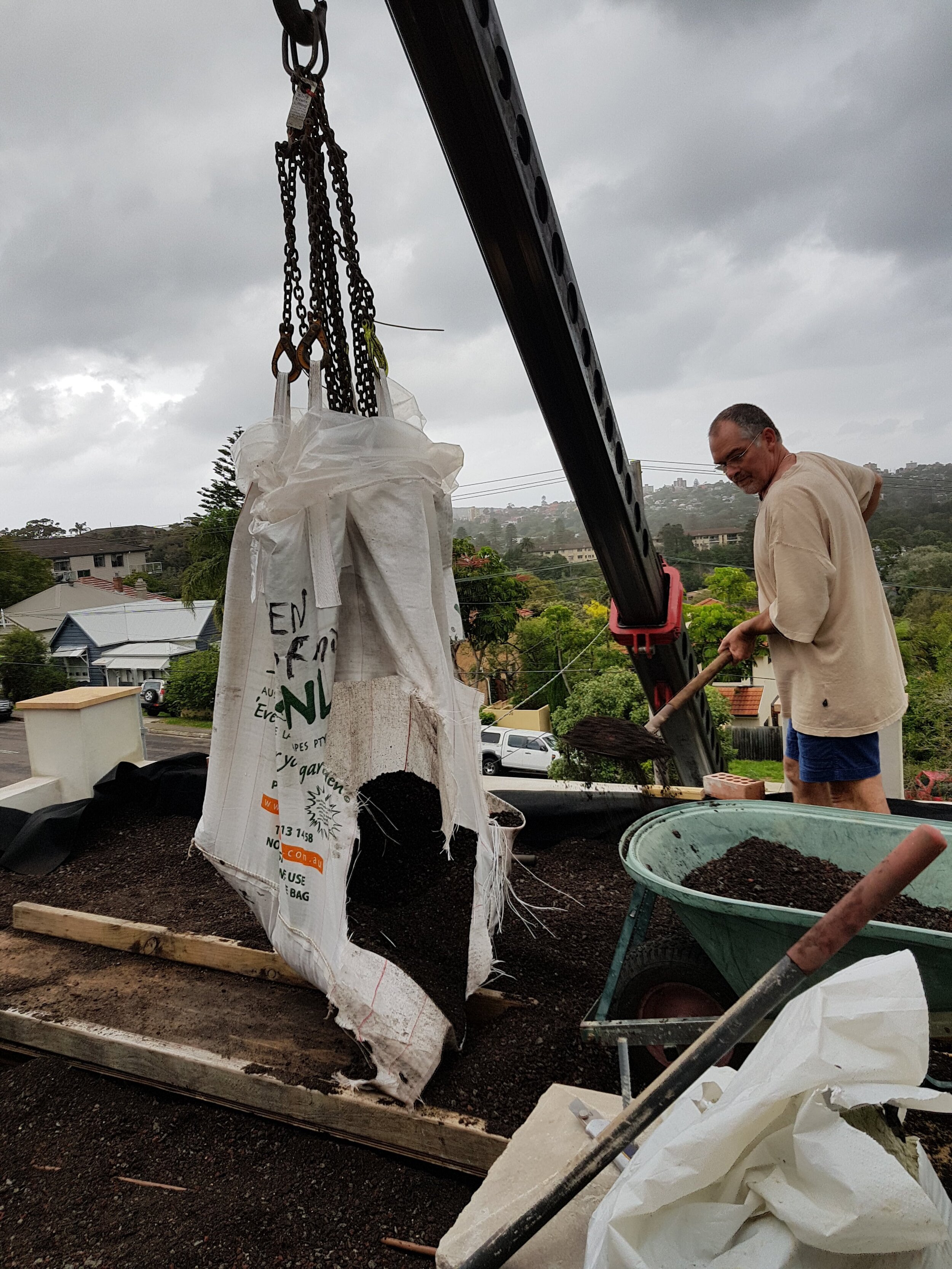
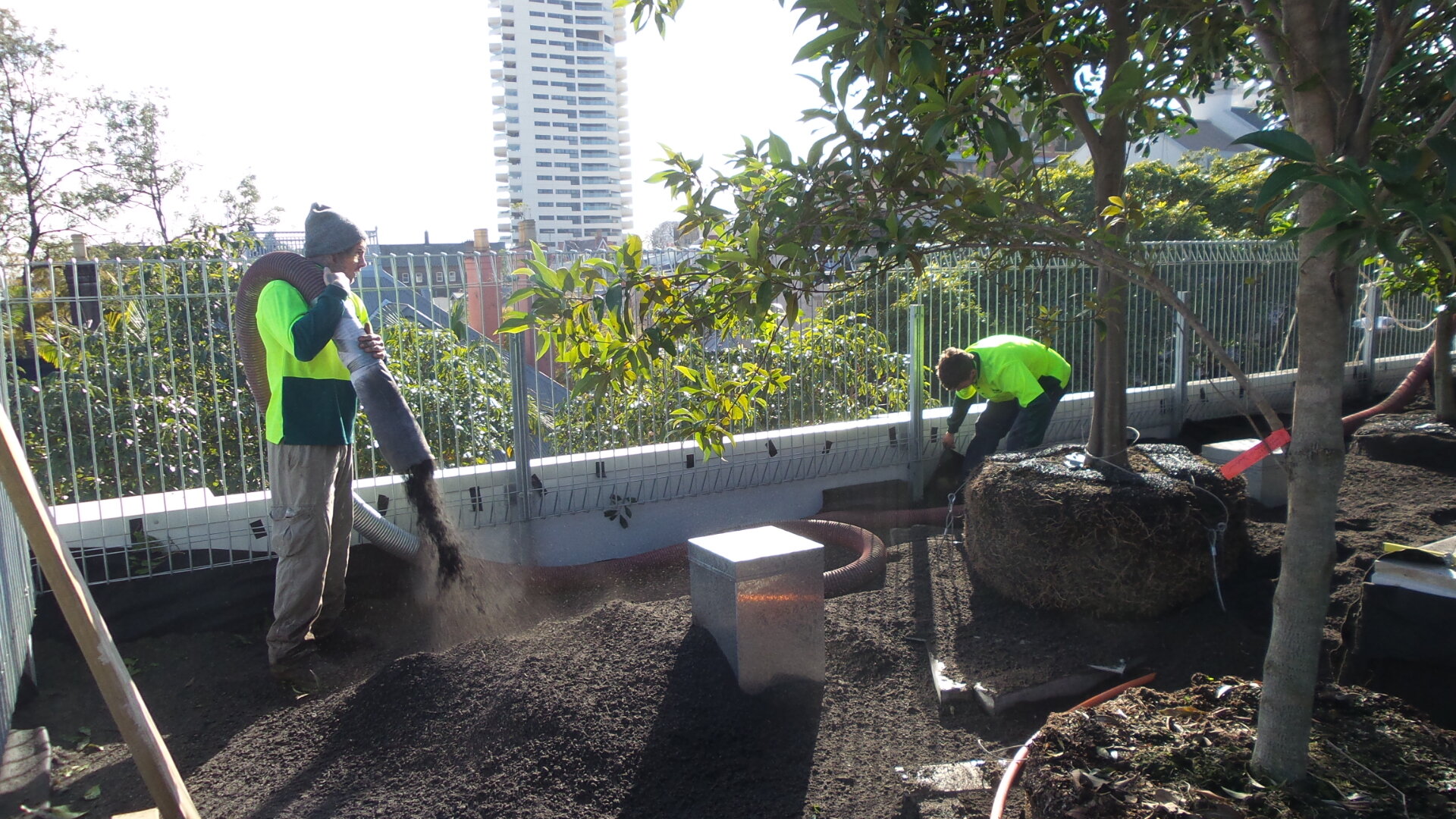

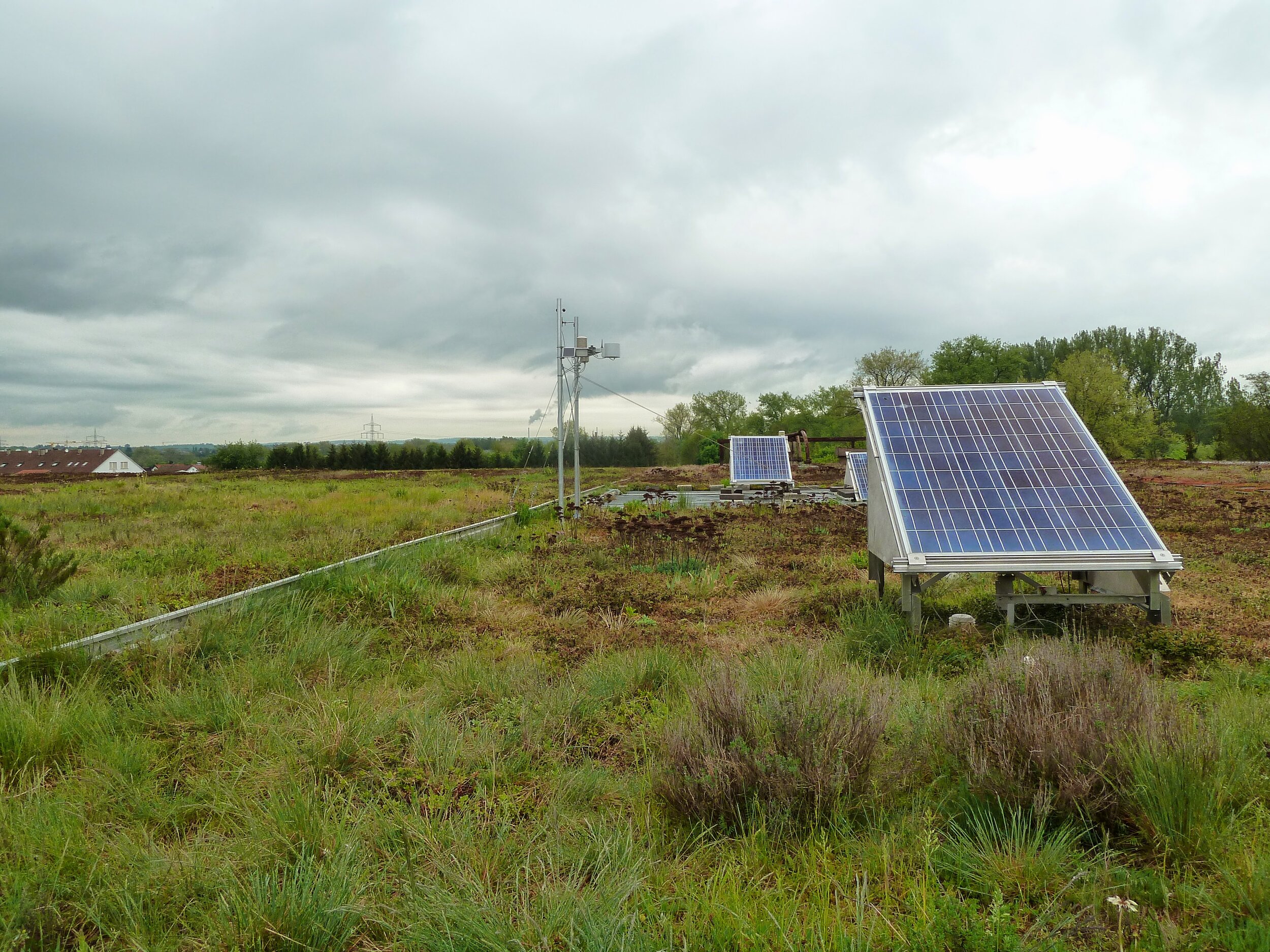
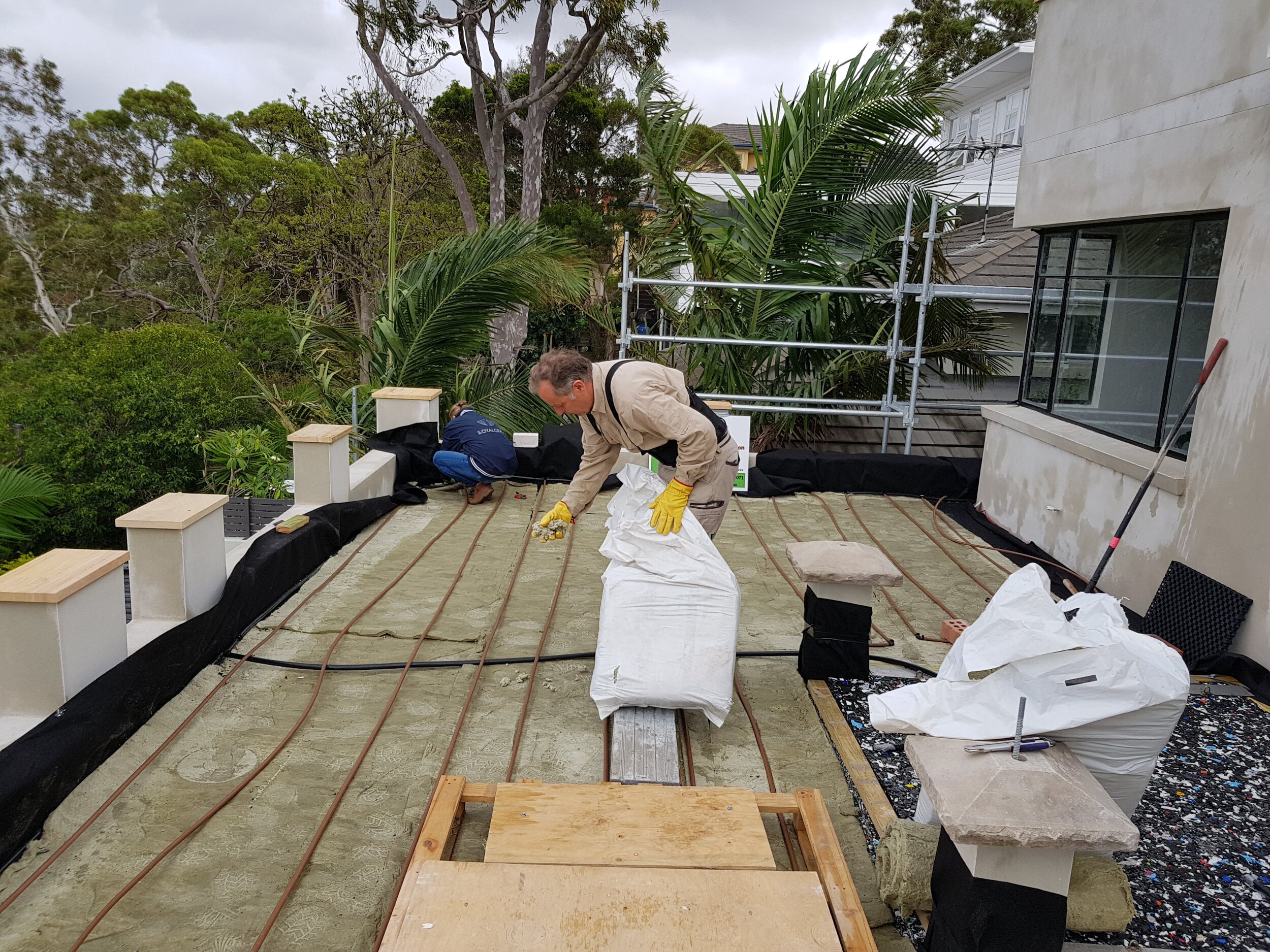
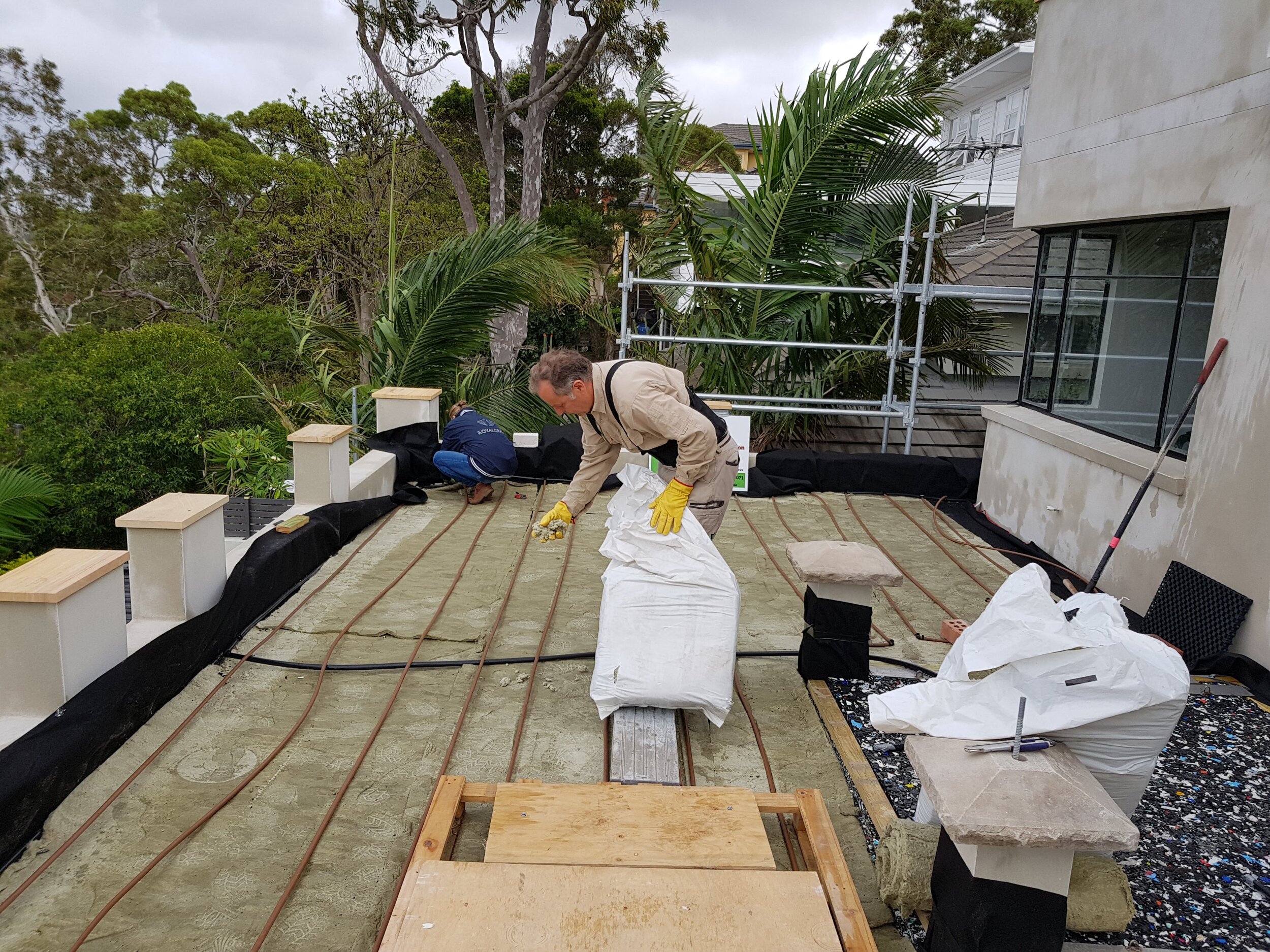
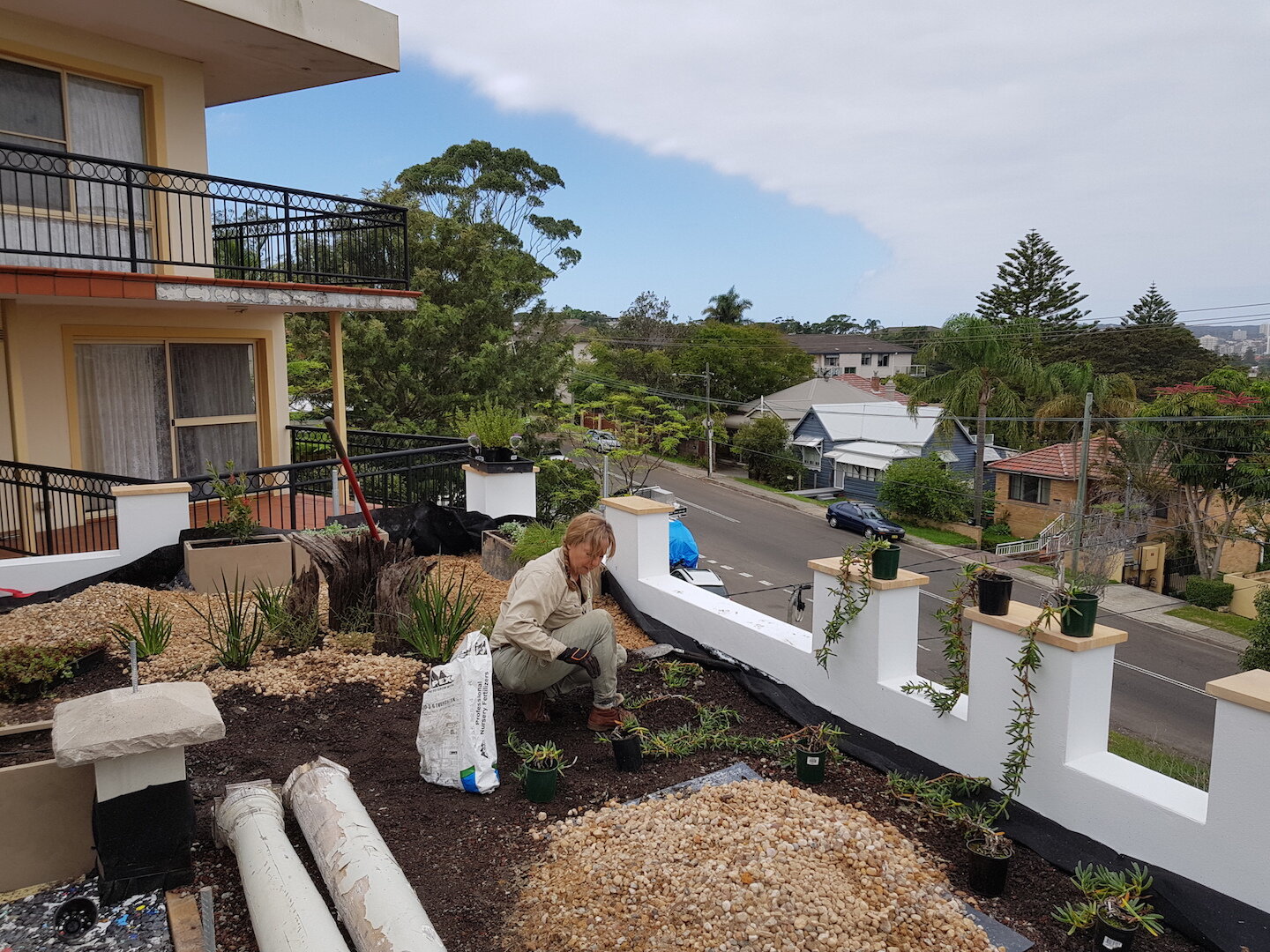
Evolvement with various green roof projects.
Melbourne and Sydney City Council have developed guidlines. In Germany the FLL standards are used for green roof construction. The USA has developed various standards and professional training modules. An experience professional should be used to design and install your green roof. Our firm is USA qualified in Green roof design and build. We can also design, advise and supervise installation by your team to achieve success.
Green roofs come in a variety of forms and uses. Roofs generally form a number of environmental functions but can be designed to meet specific needs. These needs can include storm water detention, biodiversity habitat, solar power, insulation, energy conservation and city heat island effect. Of course they look great and can also provide beauty or amenity for the public or building owners.
In terms of construction there are two main types of green roofs, extensive and intensive. These roofs are light weight or heavier, respectively. Both types of roof can be used on your project.
Intensive green roofs can include everything you can have in a park or garden, including swimming pools, farms, large trees and entertainment areas. We call these rooftop gardens. High winds are a consideration in regard to trees, although there are a number on anchoring techniques available.
Extensive or light weight green roofs can be built to provide ecosystem services like stormwater management, biodiversity or bee forage. Extensive green roofs cost a lot less than intensive roofs. Plants for these roofs are selected to grow in shallow media and are typically found in nature in exposed locations. Species can include succulents, but there are also many plants in Australia that are used to shallow soils and high exposure. Evolvement have a number of species available for just this purpose. Succulent mats can be rolled out for instant cover or tubestock provide an efficient plant size. Extensive green roofs are generally not designed for public use, however maintenance personel are required periodically. Safety harnessing is required where balustrade fencing is not available.
The designer should be able to provide reports that indicate energy/stormwater/heat island effect benefits should the design be implemented to indicate the return on investment. An ecologist or horticulturalist can provide you data on biodiversity and food production.
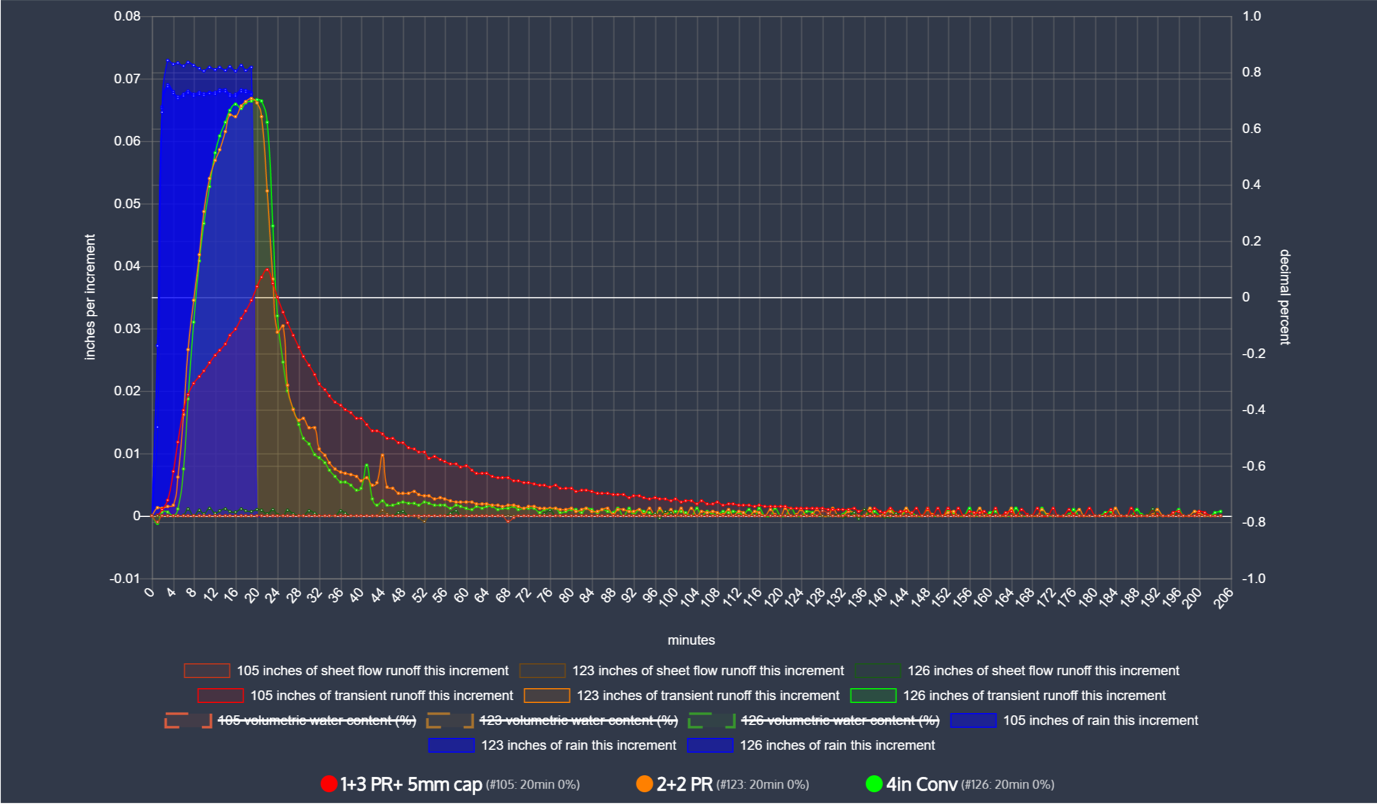
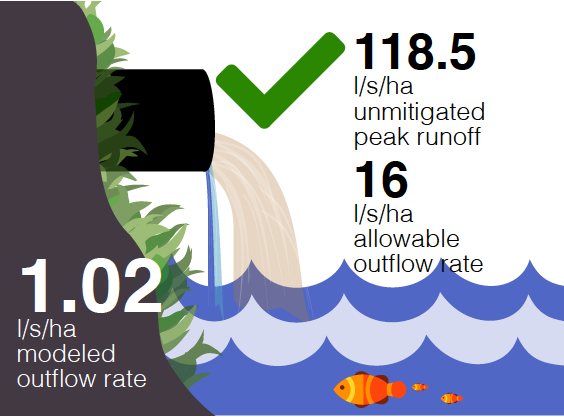
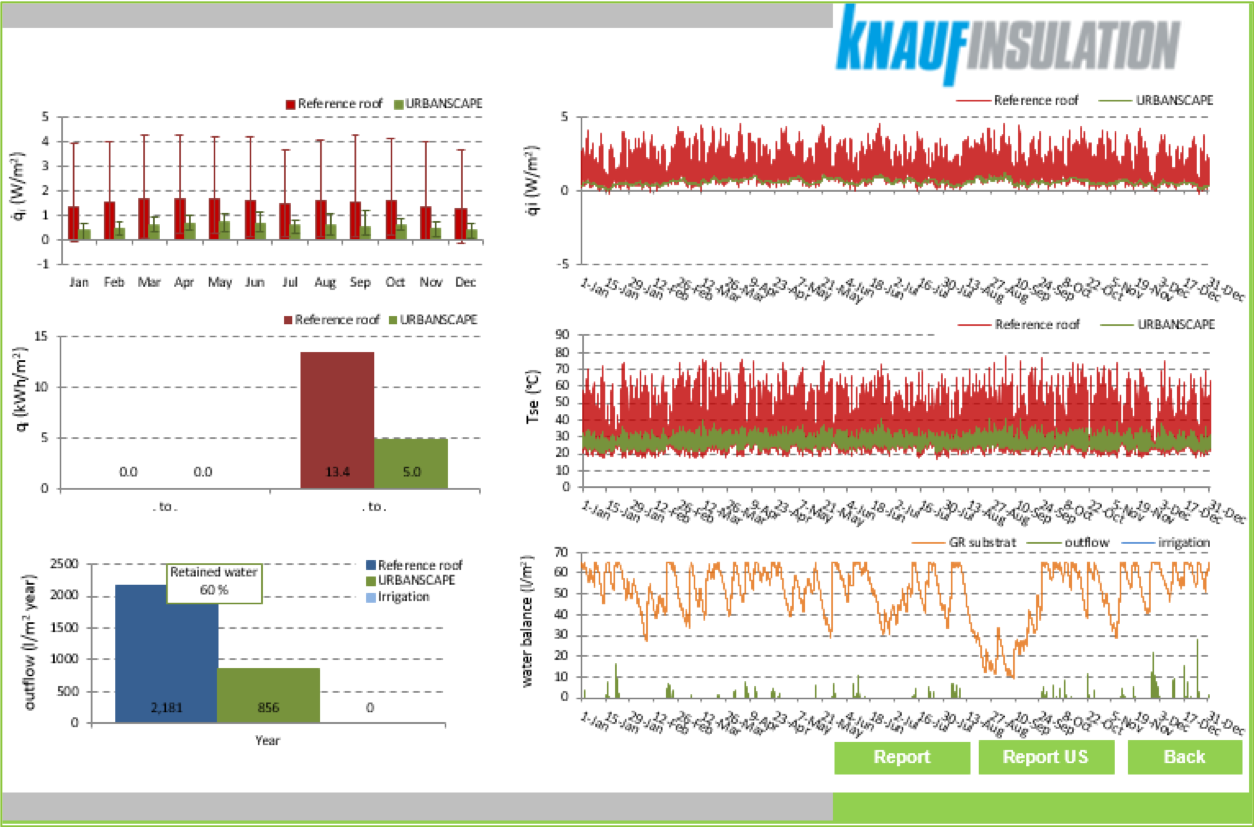
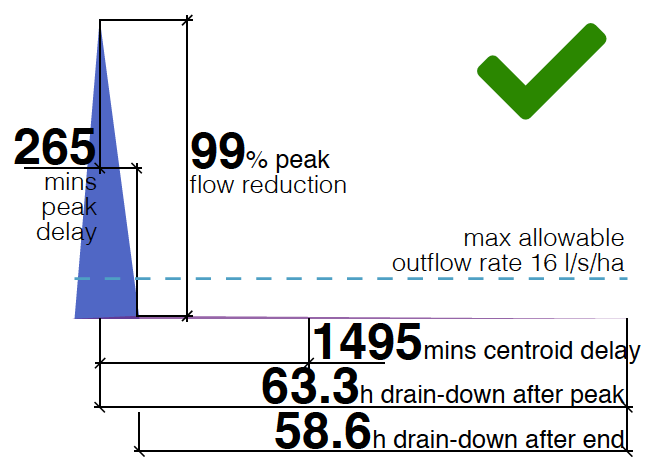
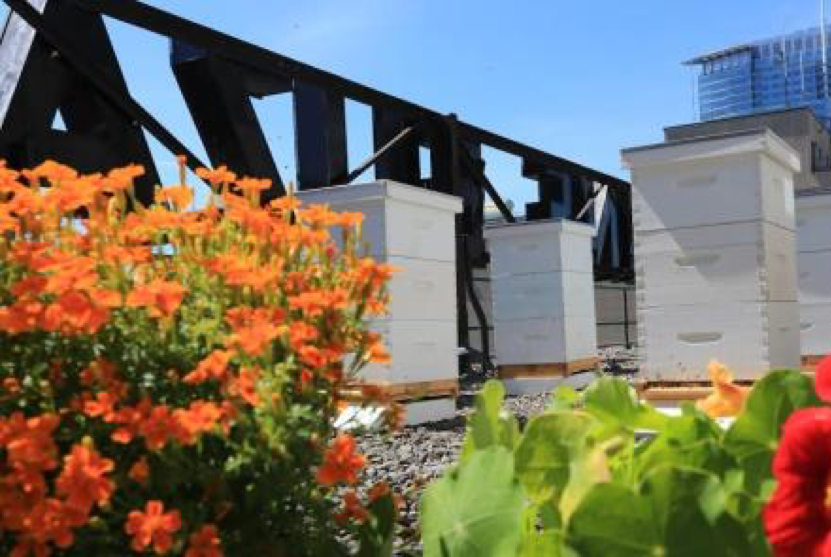
Eventually your green roof will require maintenance. Intensive green roofs require the same sort of care you would provide to any garden. Extensive green roofs require minimal care with periodic weeding and checking irrigation and drainage systems.
Please dont hesitate to contact Robert Griffith for advise on your project. Call 0468 787 071 or rob@greenlook.com.au. Services


